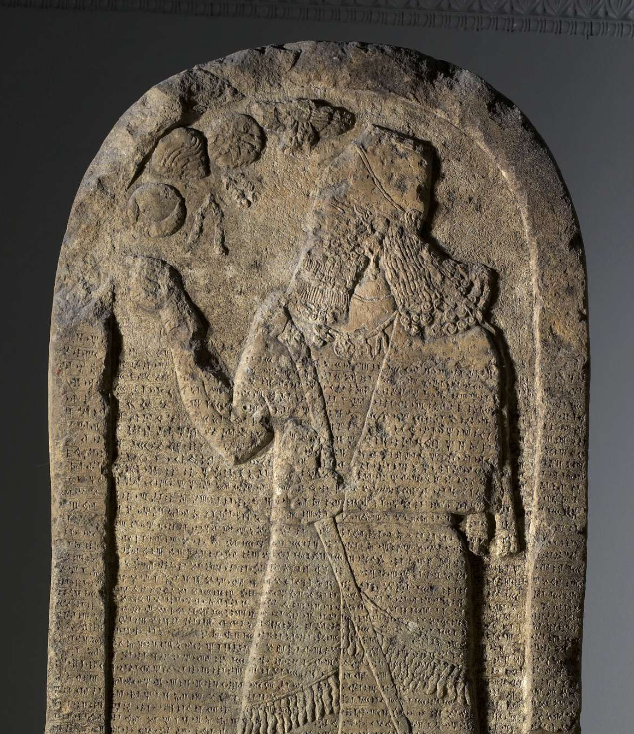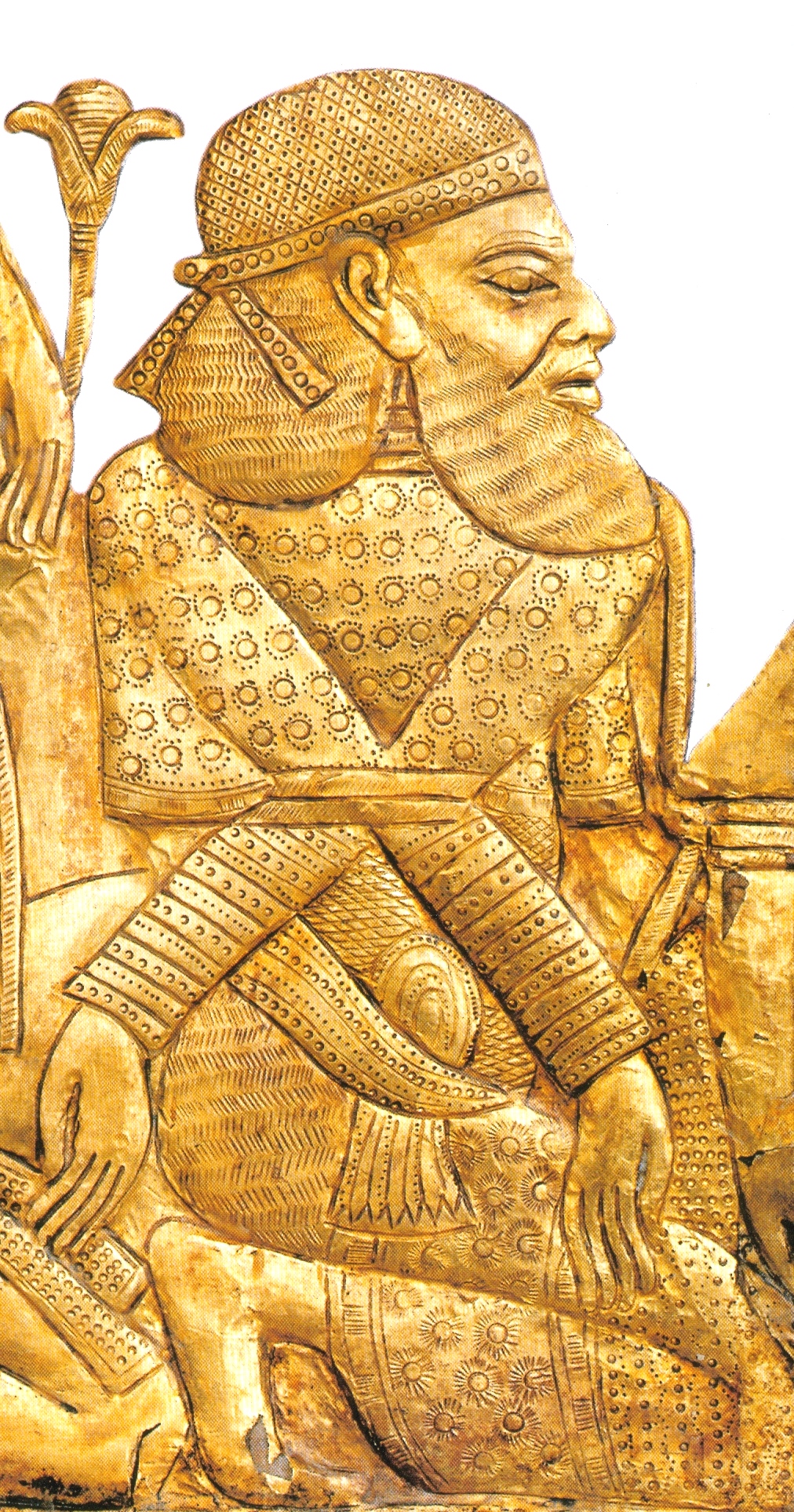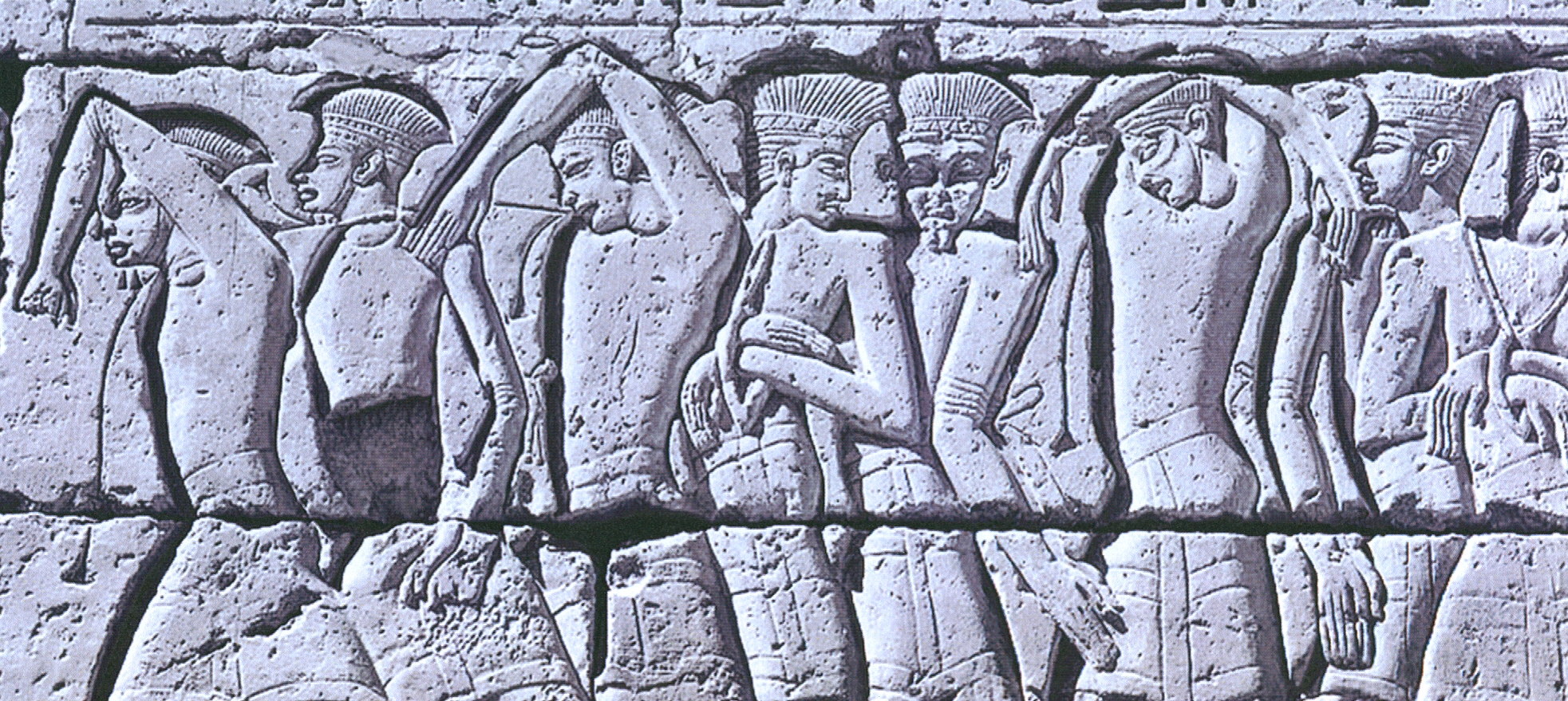WHEN A MESSAGE IS REPEATEDLY PRESENTED TO CONSUMERS, IT BECOMES INGRAINED IN THEIR MINDS.
Warning: You may see advertisements partially covering the page content, the government is doing that deliberately to sabotage my article.
WHEN A MESSAGE IS REPEATEDLY PRESENTED TO CONSUMERS, IT BECOMES INGRAINED IN THEIR MINDS.
The Hebrew Bible which is commonly known as the Old Testament is the backbone of the New Testament Gospels and the Blible is considered to be the unquestionable-inviolable word of God. Throughout the Tanach the name ‘Israel’ is mentioned more than 2,000 times, it is first mentioned when the patriarch Yaakov wrestles with an angelic being at the break of dawn at Penuel in Jordan. Genesis 32:29 says that Yaakob’s name was changed to ‘Israel’, because he contended with the supernatural and prevailed. According to the official narrative supported by the Bible, Yaakov fathered twelve tribes, two of them being Judah and Benjamin, linked to volatile Jerusalem.
Here is the million dollar question: Outside of the Biblical framework, what historical and archaeological evidence is there that validates and legitimizes the existence of a people-group called Israel in the Levant? There is only one genuine-authentic archaeological artifact that mentions a territorial entity named Israel, that is the Kurkh monolith of Shalmanaser III which is currently housed in the British museum of London, museum # 118884. It was discovered in 1861 in Uctepe Turkey by the British archaeologist John G. Taylor. The much eroded round-topped limestone stela written in Akkadian cuneiform shows the stony-hearted king Shalmanaser III honoring four divine emblems, he was the son of Ashurnasirpal II and ruled approximately from 859 to 824 b.c.e.. Iron-willed Shalmanaser III was a contemporary of the 22nd Egyptian dynasty pharaoh Osorkon II. It is believed that the fairly large stela dates from 853 to 852 b.c.e.

(The Kurkh monolith of the Assyrian king Shalmanaser III)
Beyond the shadow of a doubt the ancient Kurkh monolith of Shalmanaser III confirms the existence of a Biblical Levantine king linked to the territory of present-day Israel in the north, that is, Ahabu Sir’al or Ahabu Sir’la. The Kurkh stela tells the story of Israel’s resistance against the imperialistic Assyrian war machine. The Syrian-Phoenician king Ahabu Sirila has been identified as the Biblical Ahab, king of Israel, the son of Omri (I Kings 16:29), it is generally accepted that he reigned over Israel in Samaria for twenty-two years and that he is interred in Samaria (I Kings 22:37). I Kings 16:31 also says that king Ahab married Jezebel, daughter of Ethbaal, king of the Sidonians, implying that he was essentially a Syro-Phoenician. Ahabu Sirila probably ruled over the territories of the Golan Heights and the Jezreel Valley north of Samaria. The Kurkh monolith of Shalmanaser III records that iron-willed Shalmanaser III spread like a devastating tsunami over northern Syria and received tribute from Phoenician city-states. He utterly defeated the troops of Hadad-Ezer the king of Aram (Damascus), the troops of Irhulenu of Hamath (Hama), and the troops of Ahabu Sirila which were 2,000 chariots and 10,000 soldiers, a large military force for that time period. Ahabu Sirila formed part of a coalition against the nearly invincible Assyrian army. There is a high probability that Ahabu Sirila was descended from the ancient Hyksos of Avaris that solidified their rule in Lower Egypt by Tell-ed Dab’a during the 15th and 16th dynasties, they were expelled from northern Egypt by pharaoh Ahmose I around 1552 b.c.e. Ahabu Sirila was probably a long-haired Caucasoid like the Levantine king Yaua Bit Humri who submitted to the terror inspiring splendor of Shalmanaser III.

(The black limestone obelisk of Shalmanaser III does not say that Yaua Bit Humri was an Israelite)
 (Asiatic captive from the 18th dynasty period, probably an Apiru or Habiru from northern Syria)
(Asiatic captive from the 18th dynasty period, probably an Apiru or Habiru from northern Syria)
Basically, the only surviving mention of Israel, that is, Sir’al or Sir’la (Sirila) dates to around 853 b.c.e.. This means in practical terms that there was a people-group in northern Syria that exercised power and influence over the Golan Heights and the Jezreel Valley. But that political entity was exclusive to the territory of northern Israel, not necessarily to the south where vibrant Judaea once was. When the soon-to-be Roman emperor Vespasian invaded Syria in 67 a.d. there were no Israelites, only Judaeans and they were divided. The seer of Mount Carmel who prophesied for Vespasian in 68 a.d., Basilides, was not an Israelite.
When the great Macedonian king Alexander III the Great reached the territories of greater Syria in 332 b.c.e., he subjugated Tyre in Phoenicia, Samaria, and Gaza in the extreme south, but he didn’t interact with the Jews of Jerusalem, they were nowhere to be found. According to the famed Greek historian Herodotus of Halicarnasus, a vast Scythian horde invaded Syria-Palestine during the reign of the 26th dynasty Egyptian pharaoh Psamtik I (664-610 b.c.e.), the marauders paid special attention to the coastal city of Ascalon north of Gaza, but they didn’t bother to look at Jerusalem.
In other words: Thanks to the Bible, the political constitution of the West, we have been programmed to believe that the modern-day Jewish-Israelis that live in Israel are Israelites. This is a great misconception! It is absolutely true that the present-day Hebrew speakers that live in Tel Aviv-Yafo have a spiritual link to ‘Sir’al’, but there are no pure lineages. There is nothing supernatural about the bloodlines of the Khazarian-Ashkenazi Jews living in holy Jerusalem, they are all descended from proselytes one way or another. It is essential to understand that the hard-fighting Palestinians of the Gaza strip are not pure either, Alexander III blasted the fortified city of Gaza in late 332 b.c.e., all the men died as martyrs and the women and children were sold into slavery. Gaza was uprooted, totally destroyed. Top leader of Hamas, Yahya Sinwar, is not descended from the ancient Philishtines or Pelasgians of Attica, he is the distorted echo of something that once was. The bottom line is that there is no such thing as a pure race or perfect lineages, throughout the ages the boundaries of the nations have shifted back and forth. In life the only thing that is permanent is change.

(The Biblical Philishtines, arch enemies of the Hebrews, are equivalent to the historical Peleset that invaded Egypt in ancient times)
ADDITIONAL INFO.
It is important to understand that the historical personage Yaua Bit Humri who paid obeisance to Shalmanaser III, was not an Israelite. The Hebrew Bible refers to him as Jehu, the son of Jehoshaphat, son of Nimshi, king of Israel (II Kings 9:13). But outside of the Bible the black limestone obelisk of Shalmanaser III does not refer to him as ‘Sirila.’ Could it be possible that Ahabu Sirila and Yaua Bit Humri are one and the same? Technically, it could be possible, but it doesn’t seem that way. Everything indicates that Yaua Bit Humri was an ethnic Hurrian, like the Khurru of castrated vigor mentioned in the fanous stele of the 19th dynasty pharaoh Merneptah, son of Ramsses II.
 (The iconic stele of Merneptah does not mention Israel, it says ‘Isrir’, a direct reference to the despised followers of Akhenaten who settled in the Levant)
(The iconic stele of Merneptah does not mention Israel, it says ‘Isrir’, a direct reference to the despised followers of Akhenaten who settled in the Levant)